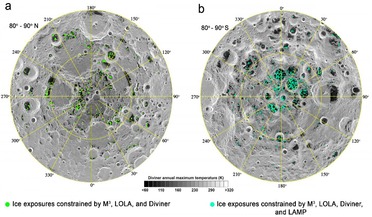 22 August 2018
Definitive evidence of water ice on the Moon's surface
22 August 2018
Definitive evidence of water ice on the Moon's surface
... has been made by data acquired by the Moon Mineralogy Mapper (M3) onboard India's Chandrayaan-1 mission launched in 2008. In the past, both the Chandrayaan-1 spacecraft and NASA’s Lunar Reconnaissance Orbiter (LRO) detected signatures that were...
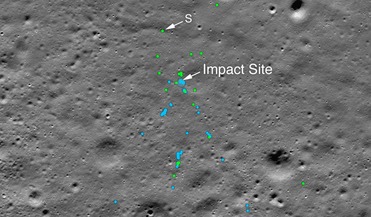 03 December 2019
Found! The remains of India's Vikram Lander are identified
03 December 2019
Found! The remains of India's Vikram Lander are identified
The remnants of India's Chandrayaan 2 Vikram lander, which crash landed on the Moon in September have been found. The lander was targeted ...
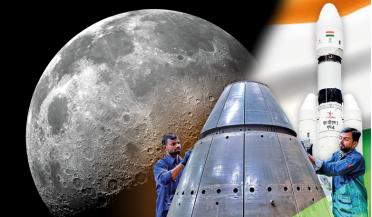 September 2023
India signs up to the Artemis Accords
September 2023
India signs up to the Artemis Accords
... it happen now? India’s signing of the Artemis Accords came only days ahead of the launch of the nation’s Chandrayaan-3 spacecraft with an orbiter, lander and a rover, which arrived at the Moon in late August and, if the mission...
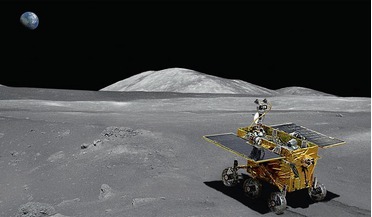 July 2014
Is there a space race or are India and China just coming of age?
July 2014
Is there a space race or are India and China just coming of age?
... surface (an easier manoeuvre than making a controlled landing). The Chandrayaan-2 mission is set to follow with a lunar orbiter, lander... vehicles. The Indian Space Research Organisation's Chandrayaan-1 mission carried NASA's Moon Mineralogy Mapper,...
 April 2020
Is space poised to take another giant leap?
April 2020
Is space poised to take another giant leap?
...’s south pole (left) and north pole (right) as viewed by NASA’s Moon Mineralogy Mapper (M3) spectrometer onboard India’s Chandrayaan-1 orbiter. The water ice, now also confirmed by NASA’s LCROSS mission and currently estimated at over a billion...
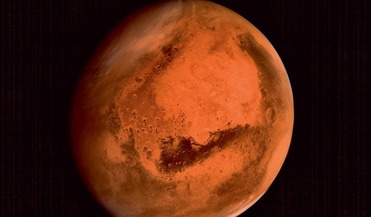 December 2014
India joins the major league with the Mars Orbiter Mission
December 2014
India joins the major league with the Mars Orbiter Mission
..., is expected to have more scientific content. The first was a natural follow-up to India’s maiden mission to the moon, Chandrayaan-1 in 2008, which discovered water. The success of the lunar mission had given confidence to the Indian space...